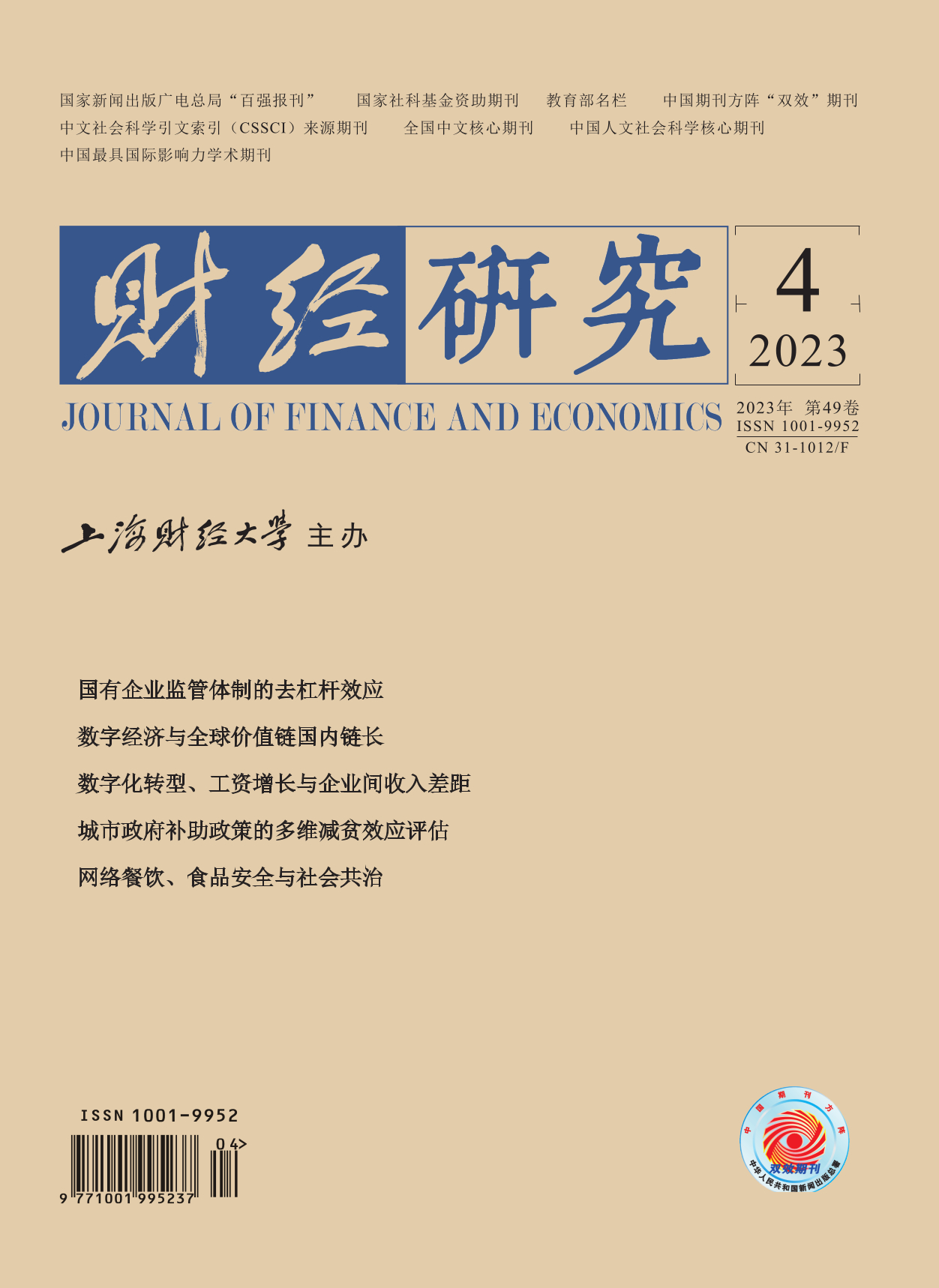With the rise of the Internet and E-commence, “showrooming” widely emerges, a pattern such that acquire service and information about products at offline stores but purchase them online. Different from “direct online shopping”, showrooming can promote competition on the one hand, and on the other hand, it may cause free-rider problems. The increasing competition between online and offline stores has encouraged them to realize the integration of New Retail through mergers, which has gradually become a new development trend. “Online-offline merger” has the negative effect of restricting competition, but in the case of showrooming, it also has the positive effect of alleviating the free-rider. How to balance the relationship between the efficiency improvement in solving the free-rider and the effect of restricting competition, and how to explore the social welfare effects are the key problems to be solved to analyze the competition impact of online-offline merger.
This paper analyzes the welfare effects of showrooming and online-offline merger by constructing the Hotelling competition model. The conclusion shows that: Showrooming can reduce the prices and profits of online and offline stores, but increase consumer surplus. The impact on social welfare depends on the probability of buying desirable goods. The online-offline merger will indeed increase the prices and profits of online and offline stores, and the impact on consumer surplus and social welfare depends on the probability of buying desirable goods. To sum up: (1) When the probability is high, showrooming will improve social welfare, while online-offline merger will damage social welfare. (2) When the probability is low, showrooming will damage social welfare, while online-offline merger will improve social welfare. (3) When the probability is in the middle level, the social welfare effects of the two are uncertain. Accordingly, the anti-monopoly authority can make corresponding approval or prohibition decisions on online-offline merger.
The marginal contributions of this paper are as follows: (1) By distinguishing the duality of showrooming, and focusing on the analysis of its welfare effects, it enriches the economic research on showrooming. (2) It explores the effectiveness of online-offline merger in dealing with the negative impact of showrooming and provides more strategic choices for relevant enterprises to solve channel conflicts. (3) By analyzing the social welfare effects of online-offline merger in the case of showrooming, it provides an economic theoretical basis for the implementation of public policies related to online-offline merger.





 3056
3056  2611
2611

